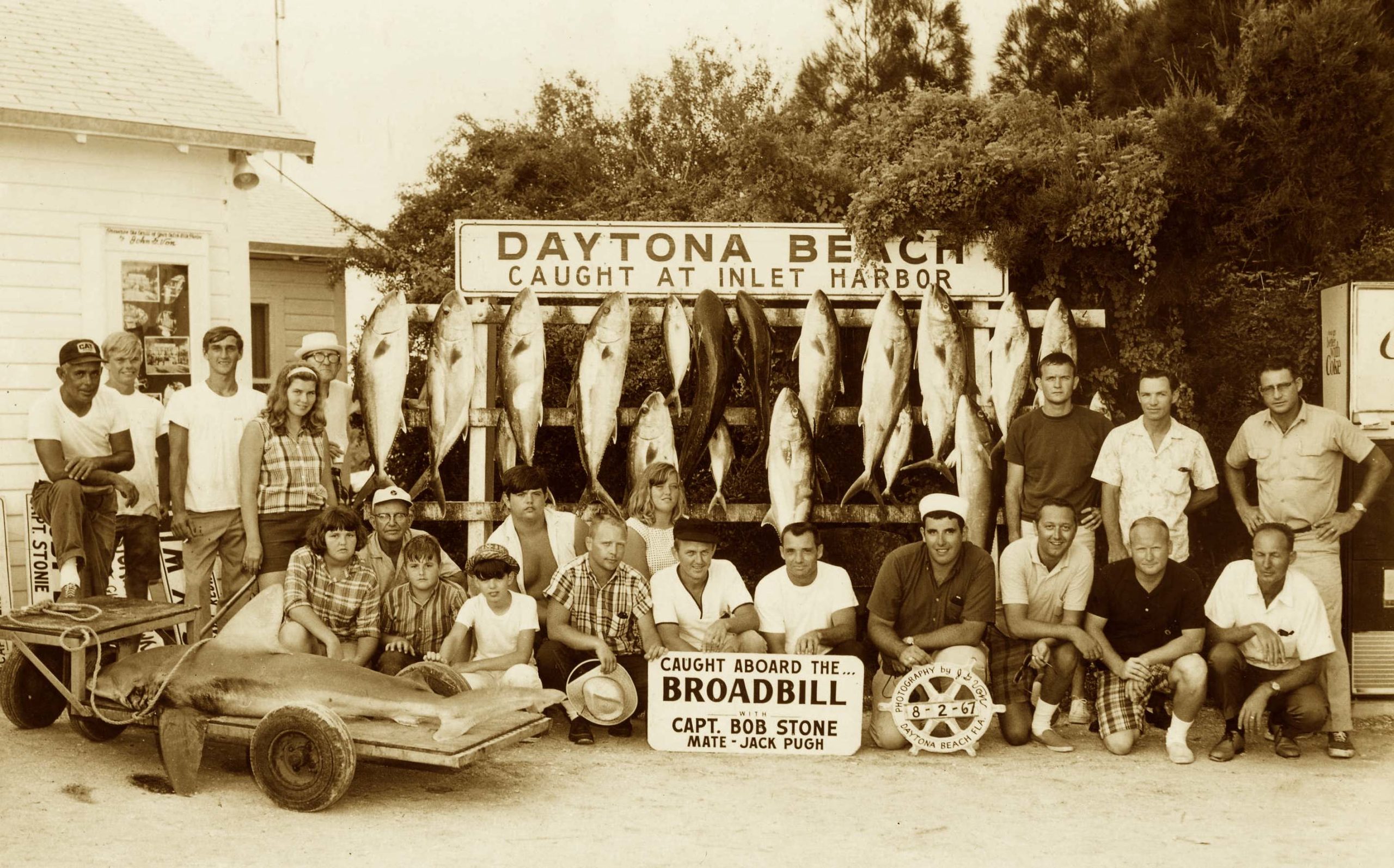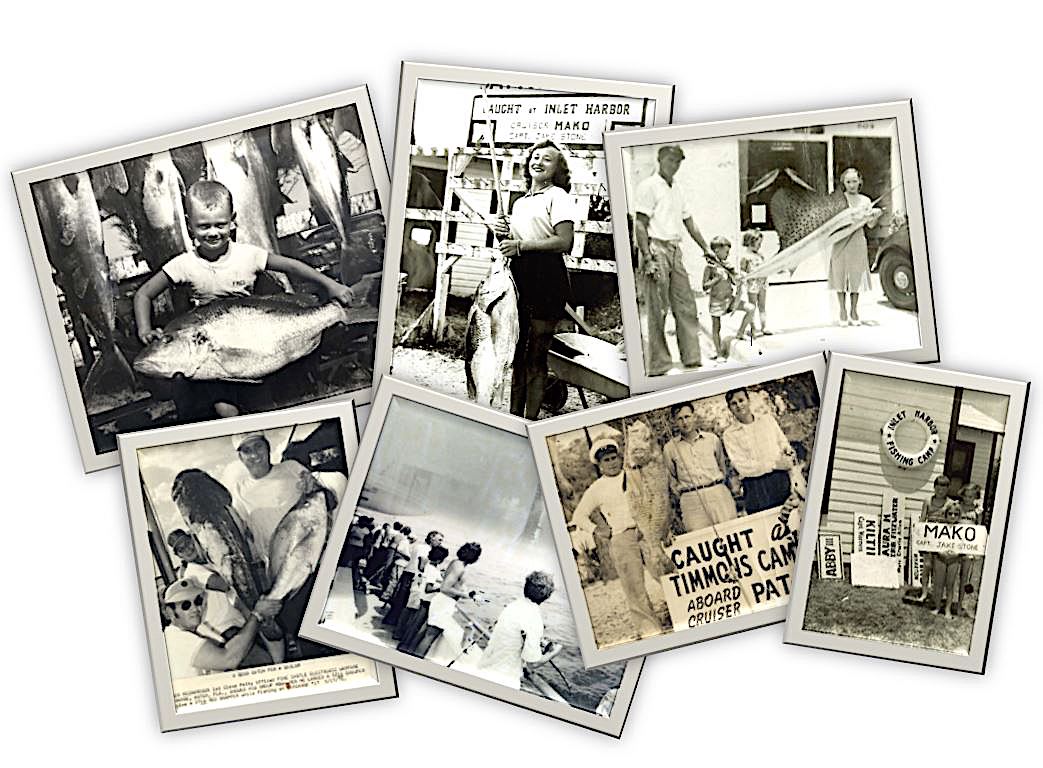What Will Historic Dock Photos Reveal about Fisheries?

Citizen scientists will help to fill in the gaps.
FISHstory (rhymes with “history”), the South Atlantic Fishery Management Council’s citizen science project, will take participants back in time to the docks of Daytona Beach. The project plans to train volunteers to identify and count fish in historic fishing photos.
Research Need
Knowing the species, number, and size of fish caught over time is critical in order to understand the health of a fish population. In particular, the diversity and length of these fish can be important for estimates of stock productivity.
However, there is little information available in the South Atlantic, from North Carolina through the Florida Keys, prior to the 1970s on overall catch or size composition in the charter and head boat fisheries. Historic dock photos, an untapped source of this important biological data, might help to recreate this data.
What are they studying?
The FISHstory Team is collaborating with Rusty Hudson, a retired fisherman, who has provided over 1,300 historic dock photos from his family’s head boat fleet in Daytona Beach from the 1940s to 1970s. Due to the large number of photos, the South Atlantic Fishery Management Council is turning to citizen scientists to help gather data.
FISHstory will gather information on species composition and length. Using Zooniverse, a crowdsourcing platform that hosts citizen science projects, volunteers will identify and count the fish and anglers in the photos. Tutorials and training materials are available, so even people unfamiliar with fish can help collect data.
The FISHstory team also will develop a method to estimate fish lengths from the historic photos. The method will be tested on King Mackerel, and, if successful, can be adapted to determine the lengths of other species, too.
What could they find?
FISHstory will launch in May. The project will help us better understand if there were changes in overall catches or seasonality of catches from the docks in Daytona during the 40s, 50s, 60s and 70s that we can compare with data from modern catch monitoring programs.
Additionally, counting the anglers in these photos could provide a rough estimate of fishing effort, and estimating fish lengths also might provide insight on changes in the size of fish caught over time.
So what?
Data gathered from this citizen science project exploring fisheries of the past could help us better understand the health of fish stocks today and into the future. If the FISHstory pilot project is successful, it could lead to the study of other fishing fleets throughout the South Atlantic and elsewhere.
Anything else?
The project needs citizen scientists. Do you want to test your fish identification knowledge? Reach out to us at allie.iberle@safmc.net or julia.byrd@safmc.net to learn more.
Reading
South Atlantic Fishery Management Council Citizen Science Program: https://safmc.net/citizen-science-program/
Zooniverse: https://www.zooniverse.org/
Summary compiled by Allie Iberle and Julia Byrd
Special thanks to Rusty Hudson and the Hudson, Timmons, and Stone families for sharing their treasured photos.
Sign up for the Hook, Line & Science newsletter here.
- Categories:




